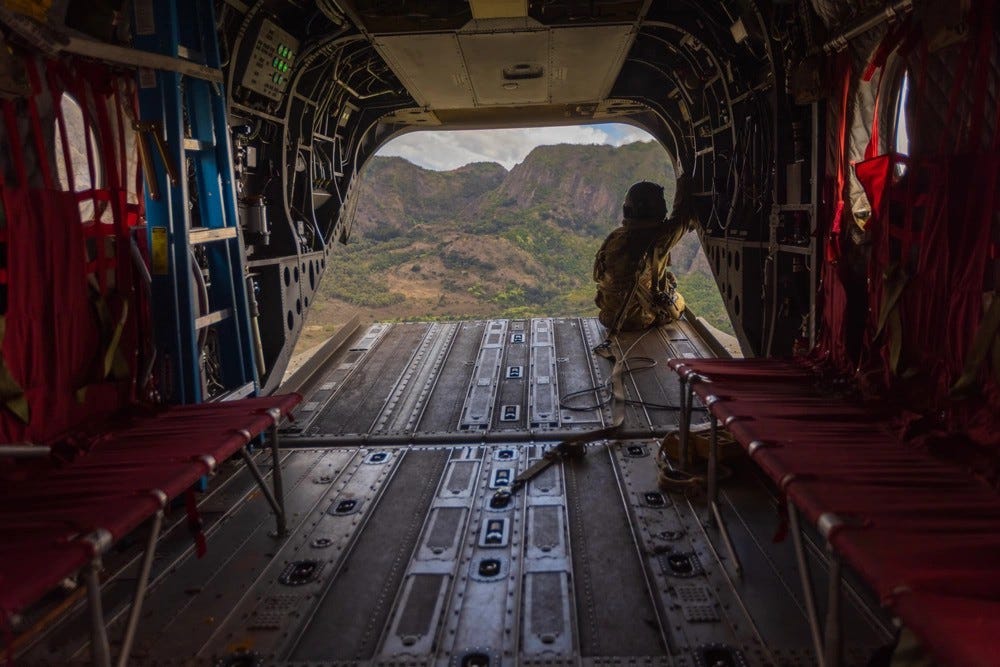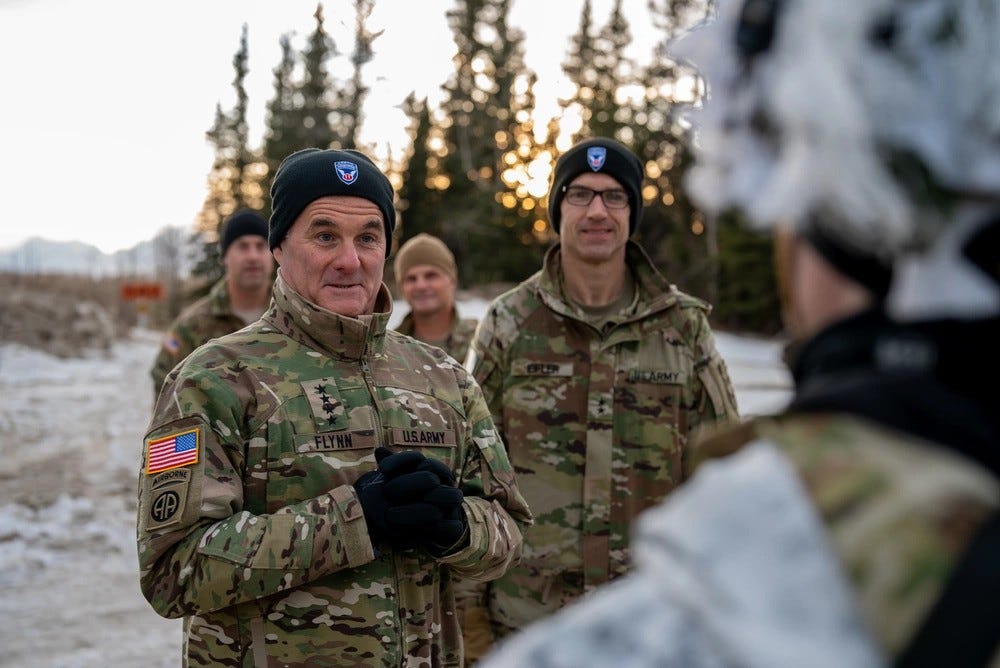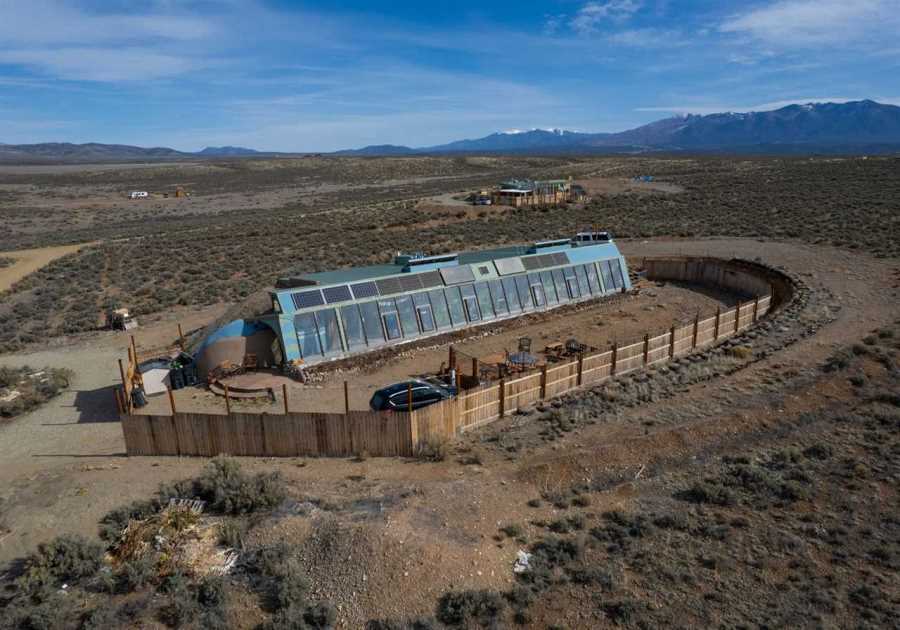U.S. Army National Guard photo by Sgt. Michael Tietjen
- The US Army is conducting various training and exercises with international partners in the Indo-Pacific region.
- US Army Pacific's commanding general said the land power network across the region is stronger than ever.
- The increased partnership is the "greatest counterweight" to China's "aggressive, insidious" approaches, he added.
Facing challenges from China and the possibility of a future fight in the Pacific, the US Army is training closer than ever with its international allies and partners to harness the skills needed for land combat across the challenging and diverse region.
Those exercises, from biennial training in Australia to US Army Pacific's new Joint Pacific Multinational Readiness Center rotations in Alaska and Hawaii, and the "persistent state of partnering" with allies is "the greatest counterweight" against China's "aggressive, insidious" behavior, US Army Pacific's commanding general told Business Insider during an in-person interview at Fort Wainwright.
The Pentagon has been increasingly prioritizing readiness for a potential conflict with China, calling it the "pacing challenge" for the US military and attempting to redirect attention away from the Middle East and toward the Indo-Pacific.
In the most recent China Military Power Report, the Department of Defense said that the People's Republic of China is "the only competitor to the United States with the intent and, increasingly, the capacity to reshape international order."
The report documented growing capabilities across the People's Liberation Army, especially China's Navy and Rocket Force, as well as the intent to challenge America and its allies in the vast Indo-Pacific region.
The behavior described has been seen recently in the Philippines, where China has tried to blockade Philippine vessels in disputed waters, as well as the Taiwan Strait, and in the air over the South and East China Seas.

Photo by Chief Warrant Officer Gideon Battis
Gen. Charles A. Flynn, the commander of US Army Pacific, told Business Insider that amid an increase in aggressive behavior from the PRC, he's seen a stronger turn from American allies toward partnering and training with the US Army.
More allies in the Pacific, such as South Korea, Japan, Thailand, the Philippines, and Australia, have upped their ground force connections with the US in recent years, allowing all parties to learn from each other as countries look to their armies to protect their land, the general said.
Flynn explained that this "persistent state of partnering together is the greatest counterweight, in my view, that we have against an aggressive, insidious, and, I refer to it as an irresponsible and incremental, approach that the Chinese have been taking for years and years."
For the commander, that strength is best demonstrated by allies working and learning together on land, getting what he calls a "fingertip feel" of all the different environments, landscapes, and cultures in the region.
That process includes working closely with the military forces the US has partnered with and navigating politics, as well as language and cultural differences, but it also involves preparing forces to fight in any of a variety of different environments found in the Pacific, from the subzero Arctic tundra of Alaska to the humid, wet jungles of Hawaii.
"We have to be able to operate in all the domains and be a good partner of the joint force," Flynn said, "and enable support and be decisive on land for the joint force."

U.S. Army Photo by Pfc. Mike Godinez-Martinez
While USARPAC has long trained with partners in the Pacific, traveling throughout the region to conduct joint exercises with other armies, the scale, scope, and strength of the connection has increased in recent years.
Last year, US forces and Australia hosted the tenth and the largest iteration of the Talisman Sabre exercise, a large-scale training conducted every other year with a host of allies and partners in the area.
Of the forces involved in Talisman Sabre last year, nearly 10,000 troops from 10 different nations participated in what the Department of Defense called "the most comprehensive ground force-centered operation" in the training's history.
At the conclusion of the exercise, Army Maj. Gen. Joseph A. Ryan said that while air and maritime capabilities play a major role in the Indo-Pacific region, it's a "joint, multinational region," and "the capacity of land power to demonstrate alliance, partnership, cooperation and will — which are all important components of deterrence — is unmatched."
"When you can have land forces working together, enduring over time in an exercise, partnering, operating, learning, interoperating together, demonstrating will, and demonstrating the desire to get better together, I think it sends a very clear and unambiguous message to our adversaries that that is what faces you if you choose to continue on a path that is disrespectful of the nations involved," he said.
This month, US Army Pacific conducted its JPMRC training rotation in Alaska, where thousands of troops are trained to wage war in frigid, Arctic conditions. The Joint Pacific Multinational Readiness Center also does a training rotation in Hawaii, where troops conduct exercises in the jungle.
The JPMRC is the Army's newest combat training center, and it is meant to prepare forces for environments where they are most likely to fight, Flynn said. That training is also conducted with a host of US allies and partners in the Pacific.
"It's a very challenging place for forces to have to get ready," Flynn said of the Indo-Pacific region, but he emphasized that "the best way to actually understand this region" is to "be on the ground and understand what's happening."
Read More
By: [email protected] (Chris Panella)
Title: US Army soldiers are working closer than ever with allies in the Pacific to counter China's 'aggressive, insidious' ways, top general says
Sourced From: www.businessinsider.com/us-army-training-to-counter-aggressive-insidious-china-top-general-2024-2
Published Date: Thu, 22 Feb 2024 12:00:01 +0000
Did you miss our previous article...
https://trendinginbusiness.business/politcal/fed-rate-hikes-are-creeping-back-into-the-conversation
.png)





